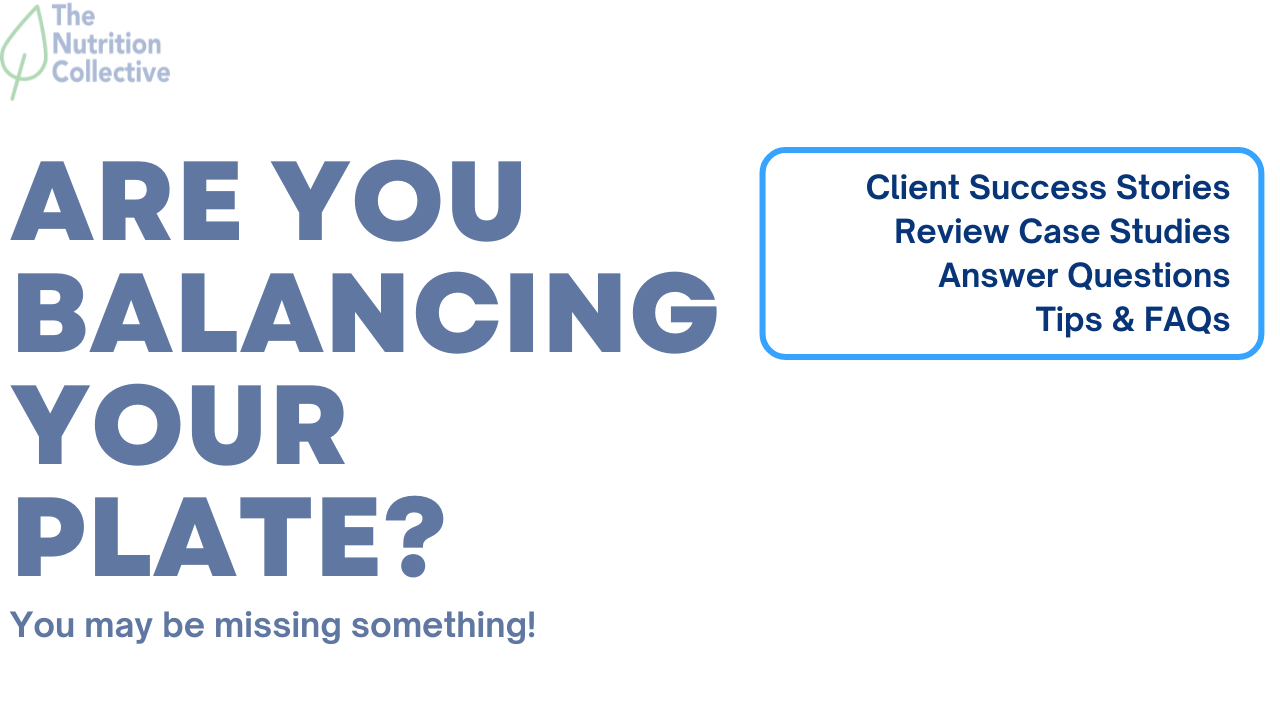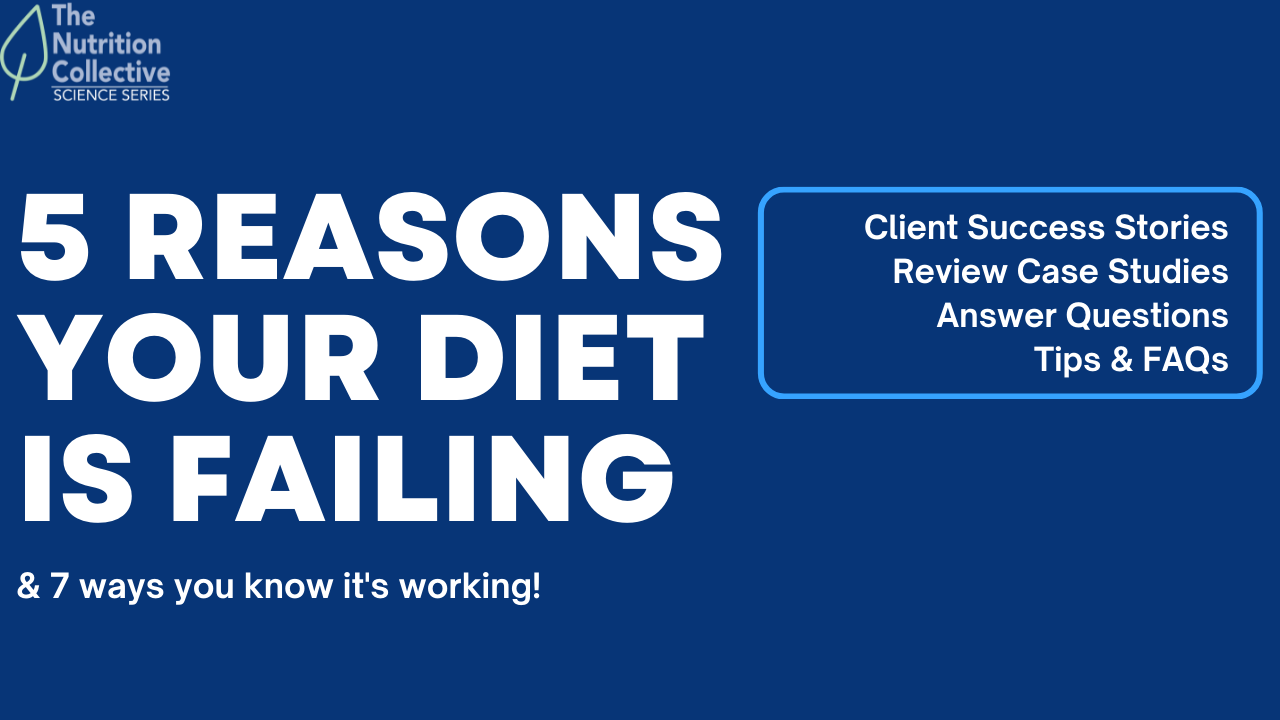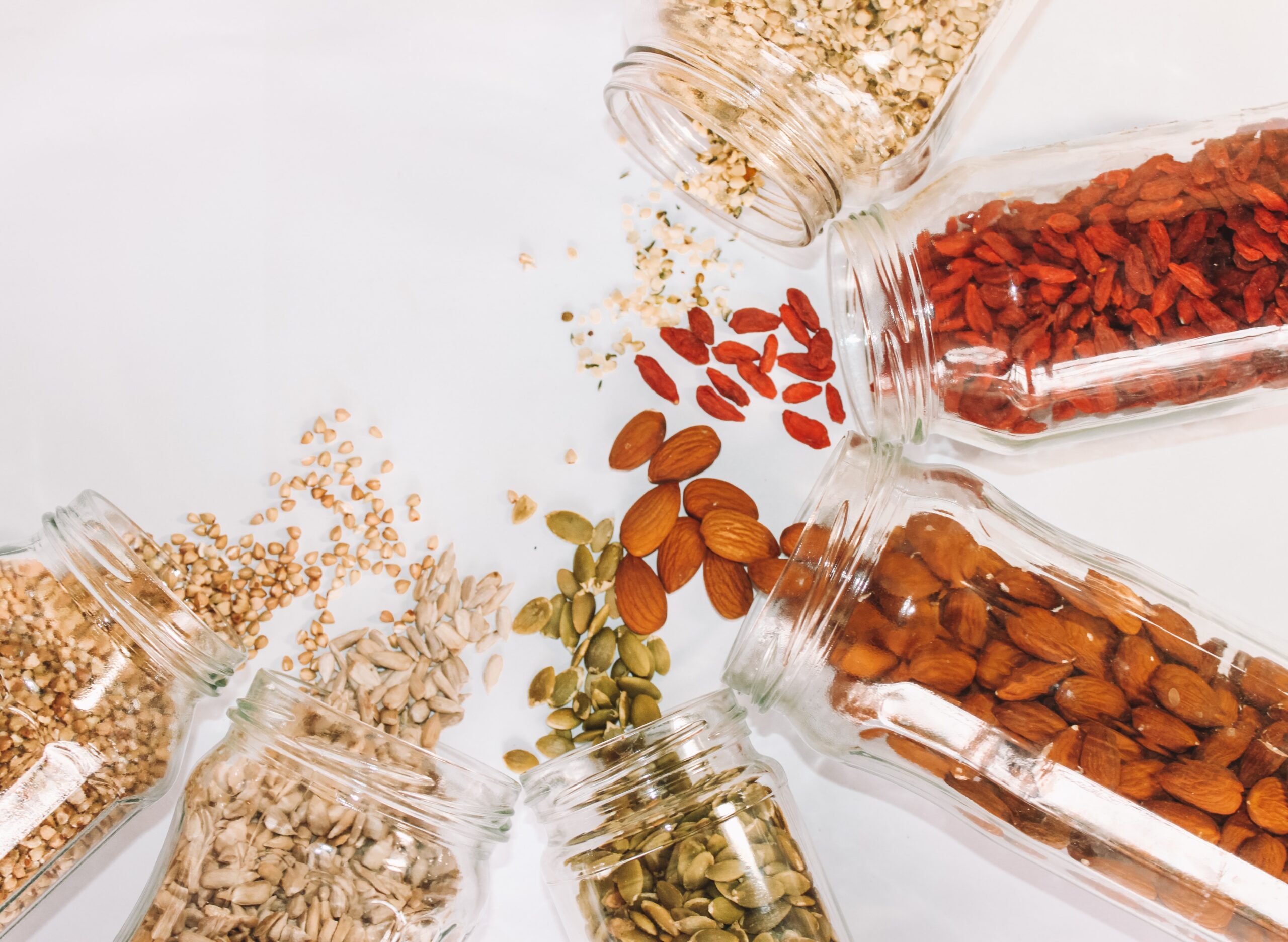How do you begin a SMART diet plan?
Starting a diet to lose weight and improve health is a worthy goal (1), but sometimes it might seem overwhelming. Remember, simple changes in your lifestyle can help you achieve your fitness goals (2), and all it takes is a solid SMART plan.
There are plenty of diets based on high fat consumption that might help you lose pounds rapidly. However, losing weight at any cost is not the goal. By focusing on a high fat diet, you might raise your cholesterol levels while not getting the appropriate nutrition necessary for holistic wellness (3). Losing weight safely, and effectively, is a more appropriate perspective to hold, since it will yield long-term dividends. Further, by following certain quick weight loss diets, you may end up feeling hungry and/or lacking energy (4). Taking care in your nutrition is essential, and we are here to share with you a guide to a healthier you.
Today, I will walk you through seven tips on how you can plan your diet the SMART way.
Planning Your Diet the Smart Way
A healthy lifestyle is a continuous wellspring of well-being. There are many different actions that you can take to live a healthy lifestyle, such as being physically active and eating healthily.
However, you could end up putting a lot of effort to craft a diet plan that will best fit you and your body’s needs (5). Therefore, it pays to be smart about it so you can set realistic nutrition objectives to meet your fitness goals.
To start, let’s walk you through a few things about a SMART diet plan that I personally follow and how you can start creating your own.
Tips in Setting SMART Goals
Even though there are many common ways to live a healthy lifestyle, it will always look different for everyone, and that means something distinct from one person to the next — all the reasons why you should always understand what your body needs.
Controlling your nutritional objectives should be the primary focus when you plug into your fitness goals. I always believe that food is fuel, and you need it to embrace a variety of healthy, nutritious food for continuous development. Unfortunately, some people set too vague goals which are not specific enough, therefore they end up not having clear actionable steps to achieve them.
So how do you exactly begin in setting SMART goals?
SMART Goals
What is a SMART goal anyway?
SMART goal stands for:
- Specific,
- Measurable,
- Attainable,
- Realistic, and
- Time-Bound.
Planning SMART goals help you plan for actionable steps to make it easier to reach your desired fitness goals. Whether you’re working towards eating disorder recovery, improving health, getting more energy, and a lot more — setting SMART goals is a huge help.
Today, let me narrow it down for you.
Specific
The first step in your goal-setting process is to refine your goal into a specific accomplishment or milestone that you’d like to reach (6). To better do that, you can talk with your doctor or a fitness coach.
Avoid planning for goals that feel overwhelming. Make sure to make it small and feasible — something that you know you can practice each day. It’s one good step at a time. Once you achieve that, then you can build on it from there.
Measurable
Make sure your goals are measurable, so it’s much easier to keep track of them. Define how you will measure your success as you move through your journey.
Instead of saying, “I will drink plenty of water starting today.” Say, “I will drink eight glasses of water every day this week.”
Also, many fitness apps and activity trackers offer different ways to measure your daily habits. Be specific about which measurement you will use and which app has better features to help you achieve your goals. In addition, you must set the frequency that you take the measurements, and ensure that it frequent enough so that you have a feeling of control.
Attainable
The goals you set must be attainable and doable. Avoid setting goals you can’t reach. Goals are challenging, but they shouldn’t be so complex that they’re overwhelming. Cut yourself some slack and adjust your goal so that it is reasonable. If you are now 220 lbs and it’s been 20 years since you were 180 lbs, try to set a goal that is closer to a more recent weight, maybe the weight that you had 5 years ago when you were 200 lbs.
Realistic
Similar to being attainable, your goals should also be realistic! You don’t want to set a plan that will not work with your schedule, environment, or resources. Make it as simple and manageable as possible! If you have never trained before, try to avoid planning to train 7 days per week. It will likely be too much and overwhelm you. Rather, set a starter goal of training 3-4 times/ week.
Your goal needs to matter in your life. So, defining why the goal matters may help you stay motivated when complacency sets in. Of course, your goals shouldn’t just be realistic, but they should be relevant as well.
Time-Bound
Each resolution should have a time limit. You should decide on a reasonable amount of time that you’ll take to reach your goal. So make sure to add the numbers!
Making your goals time-bound is just like adding a clock to them. The best example would be “I will add vegetables to my lunch every day for the next three weeks.” By giving yourself a deadline, you hold yourself accountable for the things you need to achieve. In addition, setting deadlines help you to avoid postponing your lifestyle modifications for later.

Long-term and Short-term Goals
Long-term goals encourage you to focus on the bigger picture — your goals. It helps shift your thinking from just being on a diet to making it a progressive lifestyle.
However, long-term goals may seem complicated, and there might be struggles — but that’s all part of the process. What you can do is break down a long-term goal into a series of smaller, short-term goals that are more likely to be attainable.
An example of a process goal might be to walk 30 minutes a day. If you currently don’t regularly walk at all, you may want to walk 15 minutes a day for two weeks and then add five minutes to your walk each week.
The goal here is to simplify everything – Take the first few steps consistently then gradually you add on changes, little by little.
Allow for Setbacks
Setbacks are a natural part of attaining behavioral change, but you must embrace them and acknowledge that the process always comes with struggles.
Everyone who successfully makes changes to their lifestyle has experienced setbacks — you aren’t alone. I experience them. It’s better to acknowledge them and develop a plan on how you can address and approach them.
How to do it?
Example in identifying potential roadblocks:
A big holiday meal for an office party.
For sure, you can eat more than what you regularly consume — brainstorming specific strategies to overcome them can help you stay on course or get back on your path.
Best Diet Tips to Lose Weight and Improve Health

One of the best ways to lose weight is by changing your diet. Make it a permanent lifestyle change.
Yet, the absolute number of available diet plans may make it difficult for you to get started. Remember, not all diets may be effective, suitable, and sustainable for your body’s needs.
Some diets aim to curb your appetite to reduce your food intake, while others suggest restricting your intake of calories in either carbs or fat. But what diet plan will work?
Now that you know exactly how to set your SMART goals, now let me talk about diet tips you should know before you even start dieting!
1. Figure Out Your Caloric Needs
Why do we need to keep track of what we eat and drink every day? Simple because it determines your body’s everyday needs. The best way to start your tracking is to figure out your caloric needs.
Your caloric number can fluctuate depending on your age, weight, and other factors, like gender. How do you figure out your needed calorie count?
Some of the best calorie counters available include:
- Precision Nutrition: The app prompts you to answer a series of questions regarding your age, your gender, your height, your starting weight, and the selection of fitness and health goals you desire. It also figures out your preferred number of meals and how active you are.
- TDEE Calculator: This will prompt you with a more accurate number regarding your “maintenance calories” or Energy Balance.
- MyFitnessPal: It’s one of the best choices and most in-demand apps in the US and all over the world. It does all the features that TDEE and Precision Nutrition do and adds a lot more to it.
2. Keep Healthy Fats in Moderation
Fat is an integral part of a healthy diet. Not all fat is bad for your health. Rather than adopting a low-fat diet, it’s more important to focus on eating more beneficial “good” fats and limiting harmful “bad” fats.
Your daily fat intake should be no more than 30 percent of the food you consume. Opt for polyunsaturated fats and avoid hardened oils and trans fatty acids.
Monounsaturated fats and polyunsaturated fats are known as the “good fats”(7)— they are good for the heart, cholesterol, and overall health. These fats can help to:
- Lower the risk of heart disease and stroke.
- Lower bad LDL cholesterol levels.
- Prevent abnormal heart rhythms.
- Lower triglycerides associated with heart disease and fight inflammation.
- Lower blood pressure.
- Prevent atherosclerosis.
Adding more of these healthy fats to your diet may also help make you feel more satisfied after a meal, reducing hunger and promoting weight loss.
3. Protein Makes You Feel Fuller
To avoid overeating or grabbing a snack even though you don’t necessarily need it, grab some protein — which should be around 40 percent of your daily diet — it should help you feel full.
Researchers have long known that meals high in protein seem to make people feel full faster (8), but until now, they have never been able to pin down exactly why. Here’s an extensive study on the case that seems to have cracked the code.
Other than that, protein can also counteract the loss of muscle mass when you’re looking to lose weight.
4. Snack on Fruits and Veggies
Food is fuel, so never hinder yourself from taking small bites for snacks. If you are going to snack, reach for easily snack-able fruits or chopped-up veggies. They’re not only great for your health but can also help with a fat loss diet. They will help you increase your fiber intake, ensure that you don’t face constipation issues, and provide precious minerals and vitamins. Veggies and fruits are certainly the best snack choice.
5. Drink Water, Always
It’s no magic bullet, but the benefits of water are many. Think of water as a nutrient your body needs.
Staying hydrated not only helps you keep your metabolism in its fat-burning state, but it also keeps you healthy as our bodies need it to perform everyday functions. Dehydration leads to increased hunger, constipation, lack of energy so there are several reasons that make water one of the most important tools that you have on your way to the desired fitness goals.
6. Avoid Stress Eating
While taking comfort in food during times of stress is a normal reaction, overeating regularly can negatively affect your health and lead to depression or eating disorders. Eating more doesn’t solve any problem, on the other hand it can increase your anxiety and decrease your self-confidence.
But don’t worry, stress eating is a normal response, and you can always control how you act with it. As for stress-eating, either attempt to reduce your life stressors, try a healthier outlet, go hiking, biking, meditating, and a lot more.
7. Create Your Own Fitness and Diet Plan
One of the best things I do is to help you become leaders of your own nutrition. We don’t just introduce you to nutritional plans and dietary meals, but we also make sure you understand how to better handle all the setbacks in place — helping you overcome very temptation, specifically regarding your diet and fitness.
With our program, we introduce you to a sustainable nutrition plan to help you have a better approach to your body’s nutritional needs. Therefore, after receiving our advice you can make your own adjustments.
Many people have started and succeeded — it’s never too late for you to begin!
How to Get Started?
That’s it, the 7 best tips to a SMART diet plan!
Setting a SMART plan in place helps you gain momentum and the clearer your larger goals become attainable. Make sure to take as many small steps as you need; the important thing is that you keep going so you can set yourself up for your fitness success!
If you need a head start today, reach me to get started with a 20-minute consultation!
References
1) https://www.cdc.gov/healthyweight/losing_weight/index.html
2) Ohta, M., Okufuji, T., Matsushima, Y., & Ikeda, M. (2004). The effect of lifestyle modification on physical fitness and work ability in different workstyles. Journal of UOEH, 26(4), 411–421. https://doi.org/10.7888/juoeh.26.411
3) DiNicolantonio JJ, O’Keefe JH Effects of dietary fats on blood lipids: a review of direct comparison trials. Open Heart 2018;5:e000871. doi: 10.1136/openhrt-2018-000871
4) Sjödin, A., Hellström, F., Sehlstedt, E., Svensson, M., & Burén, J. (2020). Effects of a Ketogenic Diet on Muscle Fatigue in Healthy, Young, Normal-Weight Women: A Randomized Controlled Feeding Trial. Nutrients, 12(4), 955. https://doi.org/10.3390/nu12040955
5) Ducrot, P., Méjean, C., Aroumougame, V., Ibanez, G., Allès, B., Kesse-Guyot, E., Hercberg, S., & Péneau, S. (2017). Meal planning is associated with food variety, diet quality and body weight status in a large sample of French adults. The international journal of behavioral nutrition and physical activity, 14(1), 12. https://doi.org/10.1186/s12966-017-0461-7
6) Gardner, J., Kjolhaug, J., Linde, J. A., Sevcik, S., & Lytle, L. A. (2013). Teaching Goal-Setting for Weight-Gain Prevention in a College Population: Insights from the CHOICES Study. Journal of health education teaching, 4(1), 39–49.
7) Ruxton, C. H., Reed, S. C., Simpson, M. J., & Millington, K. J. (2004). The health benefits of omega-3 polyunsaturated fatty acids: a review of the evidence. Journal of human nutrition and dietetics : the official journal of the British Dietetic Association, 17(5), 449–459. https://doi.org/10.1111/j.1365-277X.2004.00552.x
8) Clifton P. (2012). Effects of a high protein diet on body weight and comorbidities associated with obesity. The British journal of nutrition, 108 Suppl 2, S122–S129. https://doi.org/10.1017/S0007114512002322







